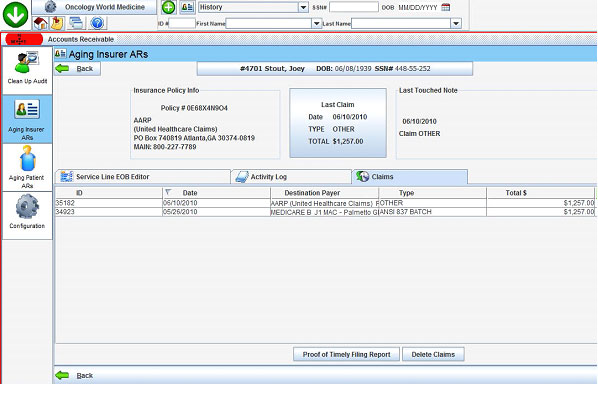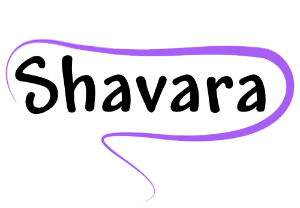After those payments come in from primary health insurers, it is imperative to have a reliable system for billing secondary insurers. Staying on track with sending secondary claims can be a challenge. Consider that using a manual process to bill secondary payers requires pulling patient charts, making copies of primary Explanations of Benefits(EOB), generating secondary claims, attaching all the required documentation together and mailing to the appropriate secondary payer. The most efficient way to create secondary claims is to use a computer database that automatically files the claim electronically with the secondary insurer, attaching an electronic version of the primary explanation of benefits. This establishes a smooth work flow and saves valuable time and money. Accounts receivable aging also benefits from the rapid billing of secondary claims.
Iridium Suite medical billing software automates this process, including account notification of an electronic secondary claim. If the secondary insurer is not set up for EDI transmission, then the claim is automatically sent to a queue to be printed with the next batch of paper HCFA 1500s, along with a system generated copy of the EOB from the primary insurance payment. The following example of a report shows a mere 14 day span between a primary (Medicare) EDI claim and the billing of the secondary (AARP) claim. No interaction was required on the part of a biller, other than monitoring aging as a regular part of the accounts receivable process.

Processing secondary claims is a vital part of medical billing, whether done manually or automatically. Having the tools and organizational skills to control this process is vital to accounts receivable aging. Iridium Suite automates the process for you.


